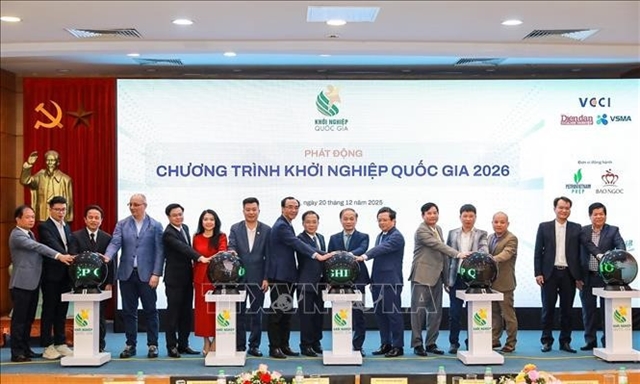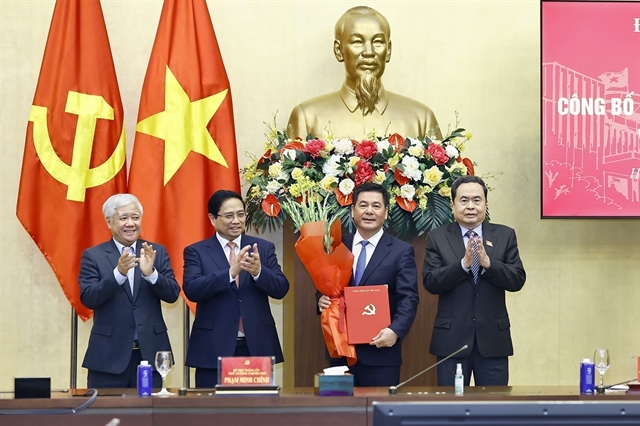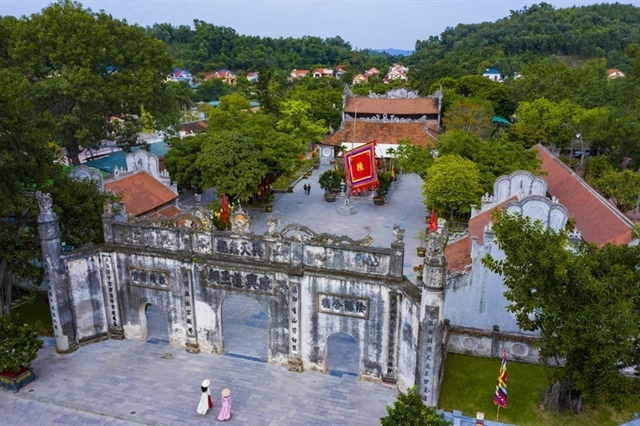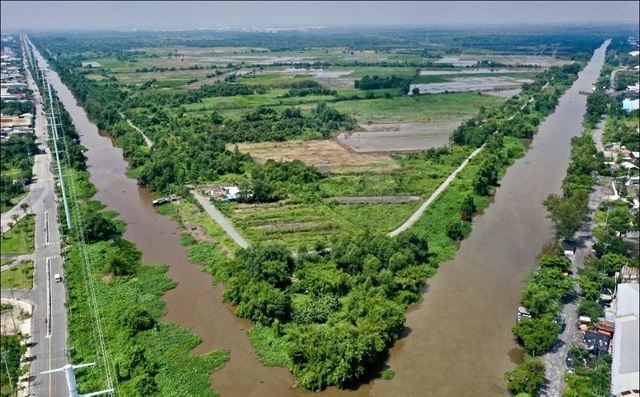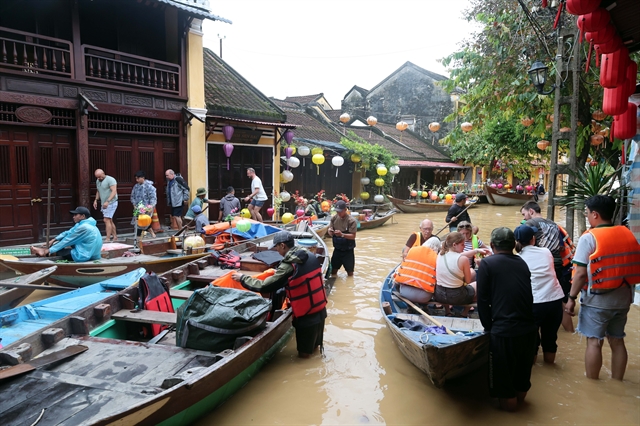 Opinion
Opinion
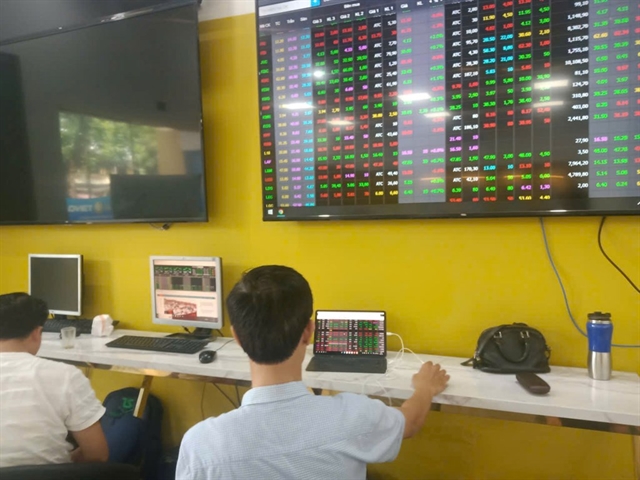
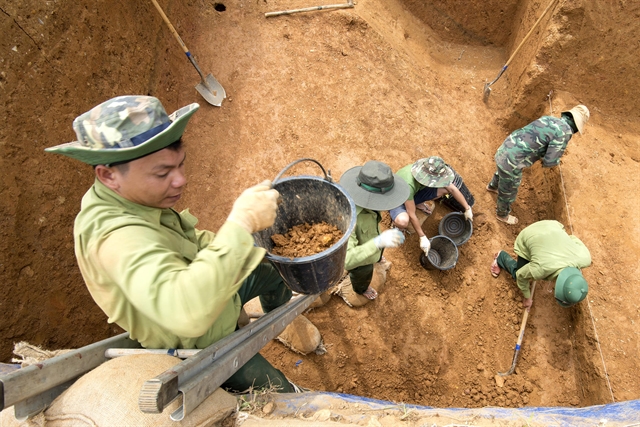 |
The Defence POW/MIA Accounting Agency’s Vietnamese support unit searches for Americans’ remains in the central province of Thừa Thiên-Huế (now Huế City) on June 17, 2016. — Photo from the US Department of Defense |
HÀ NỘI — Even before the two countries could normalise diplomatic relations, Việt Nam and the United States have been forging increasingly deeper cooperation through efforts to resolve one of the war’s most enduring humanitarian challenges: accounting for those missing.
At the core of this work is a unique partnership that has turned a former obstacle, unresolved cases of missing American personnel, into a long-standing foundation for bilateral trust.
What began in the 1980s as a US-led search for its own missing has, in recent years, expanded into a shared mission to assist Việt Nam in identifying and repatriating its own war dead: 180,000 servicemen are yet to be found, while another 300,000 sets of remains that are already gathered and interred at martyrs' cemeteries across the country, still need to be identified.
"The US MIA programme is the foundation for US–Việt Nam security cooperation, period,” said Andrew Wells-Dang, a senior expert with the United States Institute of Peace (USIP), which supports public outreach and people-to-people initiatives related to the recovery efforts.
“Now, finally, the US is helping Việt Nam with this large remaining legacy that affects hundreds of thousands of Vietnamese families,” he said in an interview with Việt Nam News to mark the 30th anniversary of Việt Nam-US diplomatic ties (July 12, 1995–2025).
A major step forward came this month with the transfer of a new, US-funded DNA laboratory in Việt Nam, designed to help identify Vietnamese remains using advanced forensic technology. Equipped with the latest tools for analysing degraded samples, the facility aims to overcome one of the central barriers in locating and confirming the identities of those who have been missing for decades.
This technology has the ability to extract DNA even from samples previously considered unusable.
“They are using the most advanced DNA technology that can identify even very degraded small samples, like little bone fragments,” Wells-Dang said.
“Fifty or sixty years since the war, the remains are in poor condition, if you can find them at all. But the positive side is that technology has improved, so we still have a chance of making some identifications.”
The new facility is expected to build domestic capacity in Việt Nam over time, initially working on a smaller number of cases to demonstrate feasibility before scaling up.
"To have an impact, they will need to be able to analyse large numbers of samples," Wells-Dang noted.
The Vietnam Wartime Accounting Initiative that Wells-Dang ran, separate from the DPAA’s core mission of finding missing Americans, also helps with the identification of Vietnamese war dead. Cooperation between the two countries remains close, and findings from one programme often benefit the other.
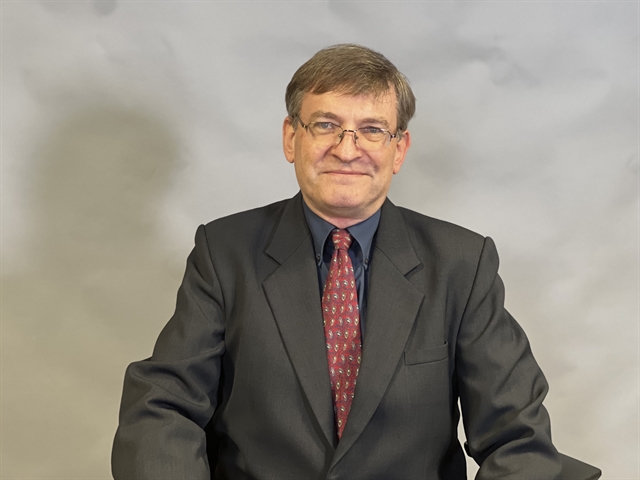 |
| Andrew Wells-Dang. — VNA/VNS Photo |
The collaboration stretches back to the 1980s, when American officials and veterans first returned to Việt Nam to investigate MIA cases. The visit of General John Vessey (who later was appointed by President Ronald Reagan as the Presidential envoy to Việt Nam for POW and MIA affairs) in 1985, followed by the opening of the US MIA office in 1988, preceded the official normalisation of ties by nearly a decade.
“In the 1980s and into the 1990s, the MIA issue was the biggest obstacle to normalising relations on the US side,” said Wells-Dang.
“Many people in the US believed there were still prisoners of war being held. Việt Nam explained that was not the case, and eventually the US investigated it and agreed.”
As the two governments began conducting joint investigations, a foundation of trust was gradually built.
“That was an example of Americans and Vietnamese getting to know each other, literally getting their hands dirty together, right? For a common mission,” he said.
Despite decades of collaborations, many American MIAs remain unaccounted for – which were in inaccessible or undocumented locations, and the likelihood of recovery and identification decreases each year.
“Over time, it will be harder,” Wells-Dang said.
“Even now, there are cases where there aren’t any physical remains to be found. But sometimes there are artefacts - a belt, a piece of clothing - that can give evidence.”
Việt Nam’s own searches are often hindered by the same challenges. Families sometimes know only approximate locations, spanning several kilometres, making searches costly and time-consuming.
Wells-Dang said: “From the point of view of a family, obviously the most desired outcome is to have actual physical remains. Take that away and having some artefacts that link to the deceased person is also valuable.”
The urgency of the mission is growing.
“We’ve been saying for some years now that this is urgent because of how much time has gone by,” Wells-Dang said.
“Any new cooperation takes time to develop and show results, but we also know that time is of the essence.”
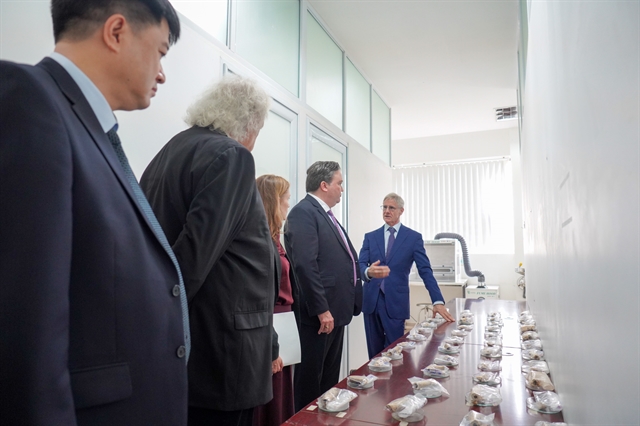 |
| US Ambassador to Việt Nam Marc Knapper and Director of the US Defense POW/MIA Accounting Agency Kelly McKeague, joined Việt Nam Academy of Science and Technology (VAST) Vice President Chu Hoàng Hà and senior leaders from the Ministries of Foreign Affairs, National Defence, Home Affairs, the Việt Nam Office for Seeking Missing Persons, and National Steering Committee 515 to inaugurate a state-of-the-art DNA laboratory in Hà Nội on July 10. Made available by US funding, the new laboratory represents a groundbreaking step in identifying the remains of Việt Nam's wartime missing. — Photo courtesy of the US Mission in Việt Nam. |
Despite changing political climates, the mission has consistently enjoyed bipartisan support in the United States.
“It was actually started under a Republican administration, and has had support from many veterans and different groups in the US,” he said.
“Searching for the missing and benefits for veterans are things that everyone agrees on.”
As Việt Nam and the United States look to the future, the MIA mission is increasingly cited as a model for reconciliation and long-term peacebuilding.
“In my work at the US Institute of Peace, we talk about this as an example of 21st-century peacebuilding,” said Wells-Dang.
“There are not that many such models in the world right now. Here is one where, because of people in and outside of government in both countries, we’ve been able to work together and build a partnership.
“It's now larger than any political or administrative change in one country,” he added. “There are enough people in both countries who will continue this work." — VNS

